From photo shoots to diversity campaigns, these models are changing how society perceives the disabled community.
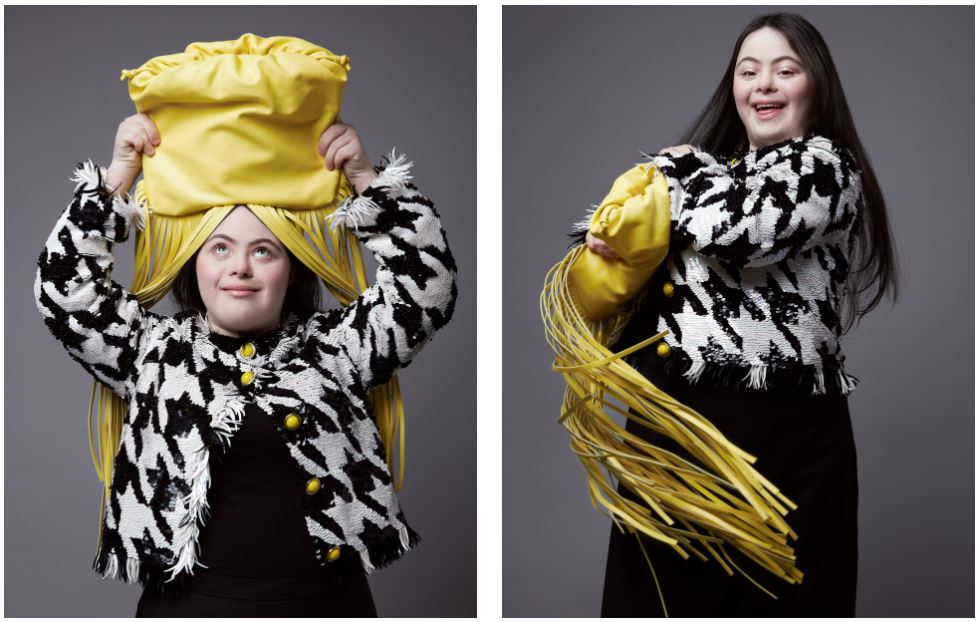
Society has long been calling for the fashion industry to include more diverse people in their campaigns and on their runways. Over time, the industry has slowly begun to listen to calls for action to add include more plus-sized and ethnically-diverse models. However the industry continues to overlook a particular minority.
When flicking through your favourite magazine, how any disabled people can you see? The answer is most likely none. This lack of representation among the disabled community in high fashion magazines is troubling. We have compiled a list of disabled models taking the lead towards inclusivity.
Bri Scalesse
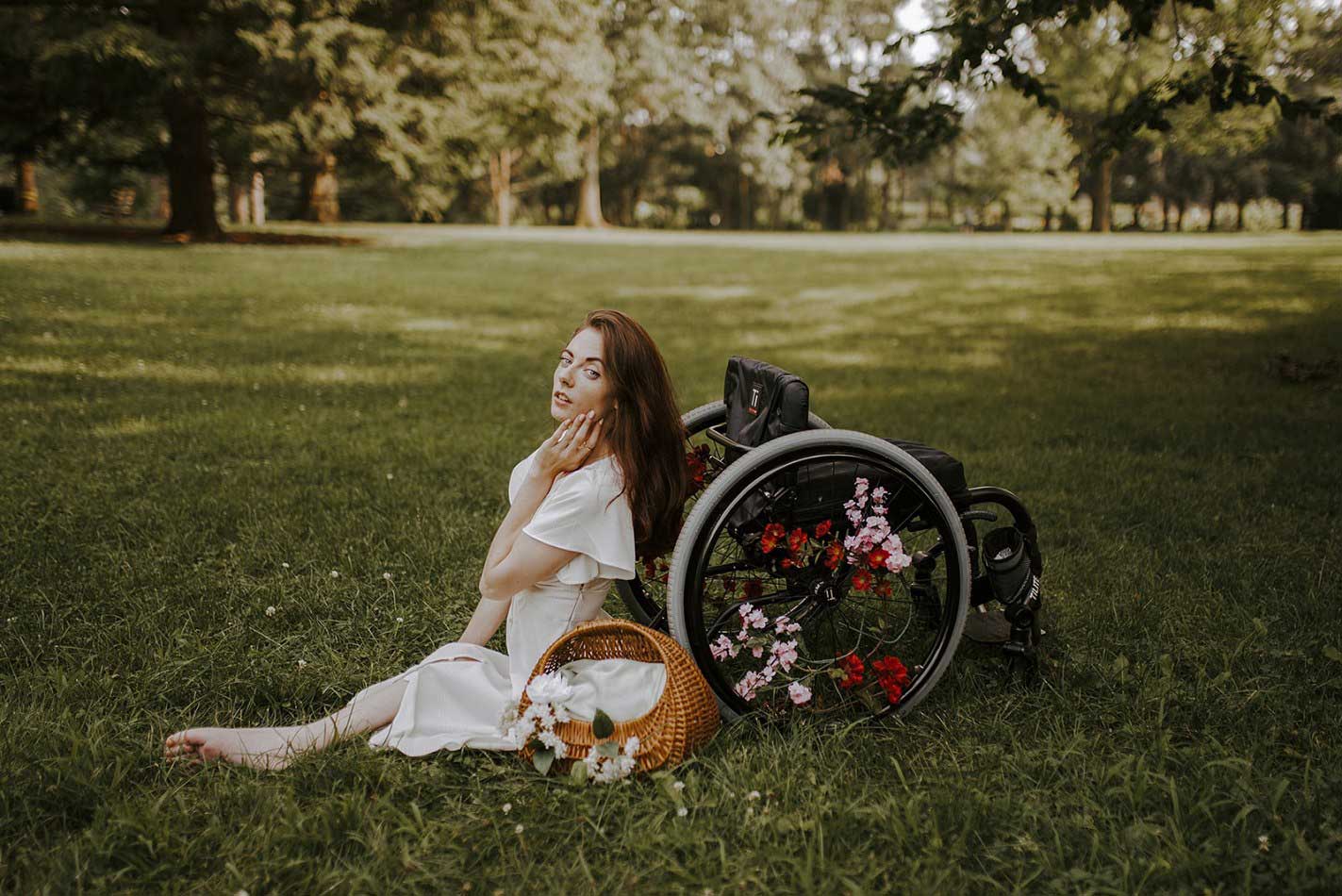
Bri became a paraplegic at age 6 after a car accident left her with a spinal cord injury. She began reflecting on her own self-image when she discovered the severe lack of representation of women in wheelchairs. No models had a seated body type and broad shoulders from pushing a chair.
“It was the overarching fact that I know deep in my bones that disabled people deserved more…. I wanted my community to be accepted. I didn’t want little girls in wheelchairs to grow up the way I did. I wanted them to see the versions of themselves on screen and in a beautiful, strong, sexy, interesting way.”
Source: Amplify
Disabled people are too often used as examples for ‘normal’ people to be grateful for their functioning bodies. This mentality ostracises and forces stereotypes on the disabled community. Bri Scalesse experienced similar encounters as people complimented on her ‘bravery.’
Bri was determined to change people’s perceptions. After a year of modelling, she received a message inquiring if she would model for one of the designers for Project Runway. Her career continued to thrive. This lead her to model wedding dresses at the New York Bridal Fashion Week for the THEIA show. Her chair became a key accessory with decorative white flowers.
Aaron Philip
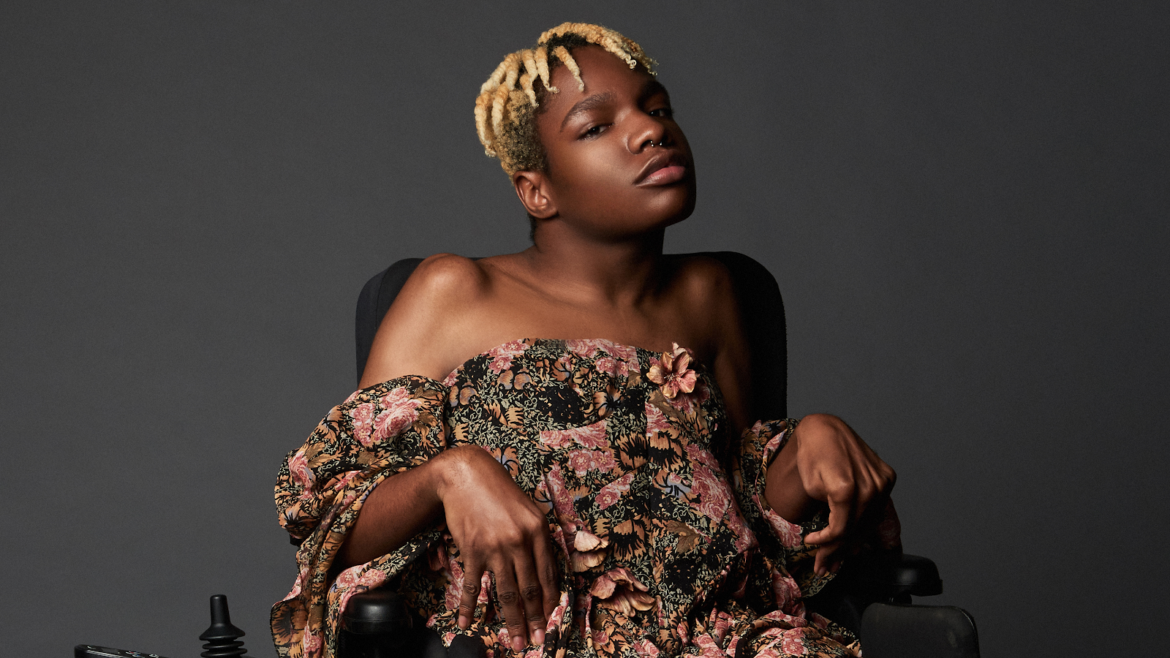
In 2018 Aaron became the first Black, transgender and physically disabled model to be represented by a major modelling agency. Born with cerebral palsy, she was determined to surpass the boundaries of her disability.
She endeavored to model to create a future where women like her were part of the normal, not an enigma that many people perceived her as. Aaron told CNN Style,
“It shouldn’t be the responsibility of anyone who is marginalized to amplify their voice when there are so many voices that can amplify (it for) them.
“But it’s just the way of getting to where you need to be. So I’ll do it. And hopefully I’ll do it so that other girls in my position don’t have to — they can just live and do their jobs.”
Her big break can be traced back to a viral tweet in 2017 that was shared more than 25,000 times. Aaron declared,
“honestly when I get scouted/discovered by a modelling agency it’s OVER for y’all.”
She was right, as in 2020, she became the face of Moschino 2020 Fall Campaign.
Elesha Turner
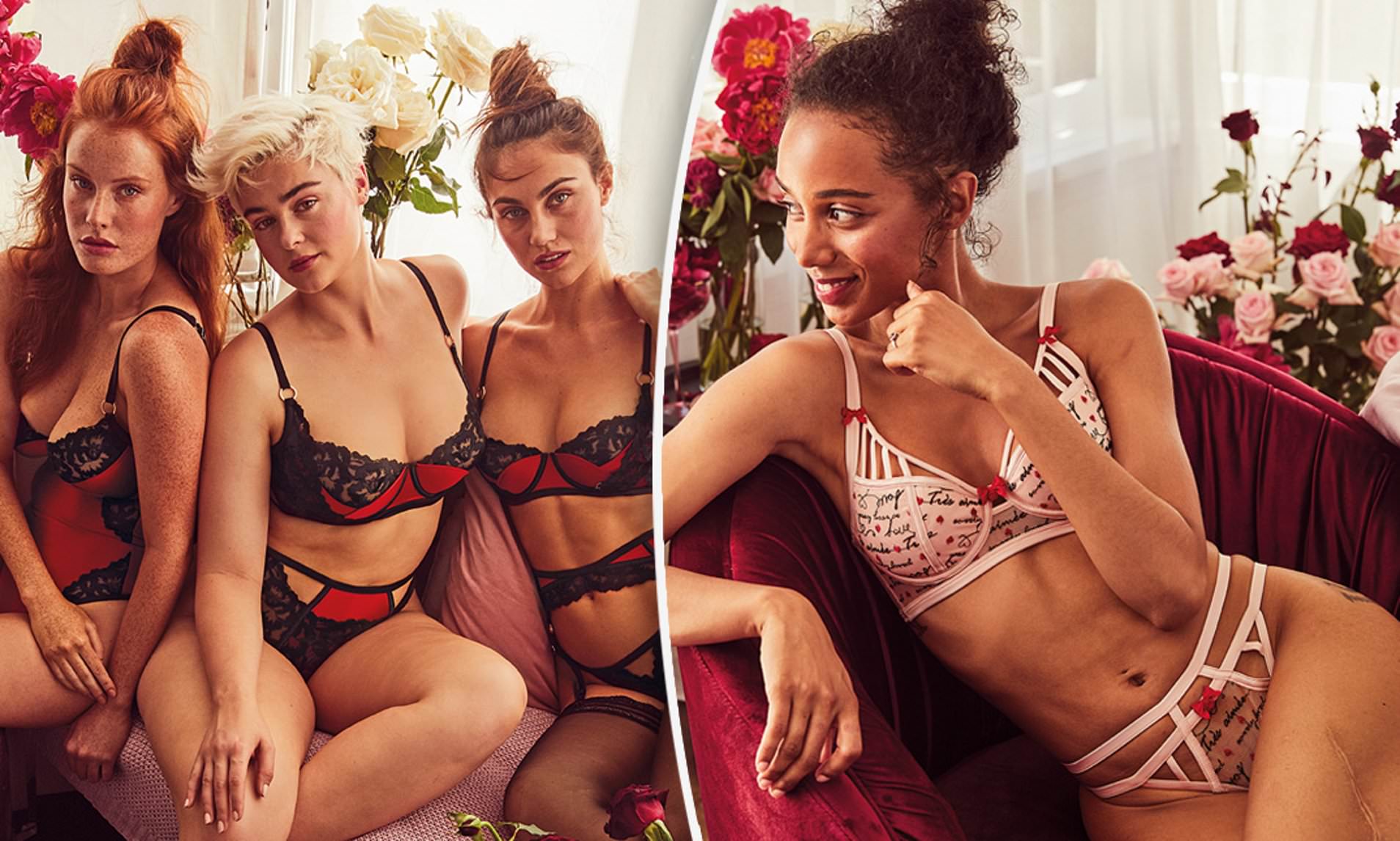
At first glance, Elesha looks like an ordinary girl. However, she was actually one of the first disabled models to be represented by a UK agency.
At 19-years-old she was diagnosed with bone cancer. Her bionic leg saved her life. After having to learn how to walk again, she now relies on a crutch but that doesn’t slow her down.
Models of Diversity was Elesha’s first steps into the industry. She continues to campaign with the group to emphasis more inclusion for disabled people in the fashion and beauty industry.
She told Disability Horizons,
“I also enjoy challenging people’s perceptions of what they consider beauty to be. The surgery has meant that I look different from the norm – I have muscle loss in my leg and a foot long scar on my left leg. I also have to use aids to help me get around, such as crutches and a wheelchair for long distances. Does that mean that I am not beautiful and I should be excluded from the industry? I think not.”
During her shoot for Bras N Things, Elesha bared her scar for all to see, proving disabled women have a place in the industry.
Ellie Goldstein
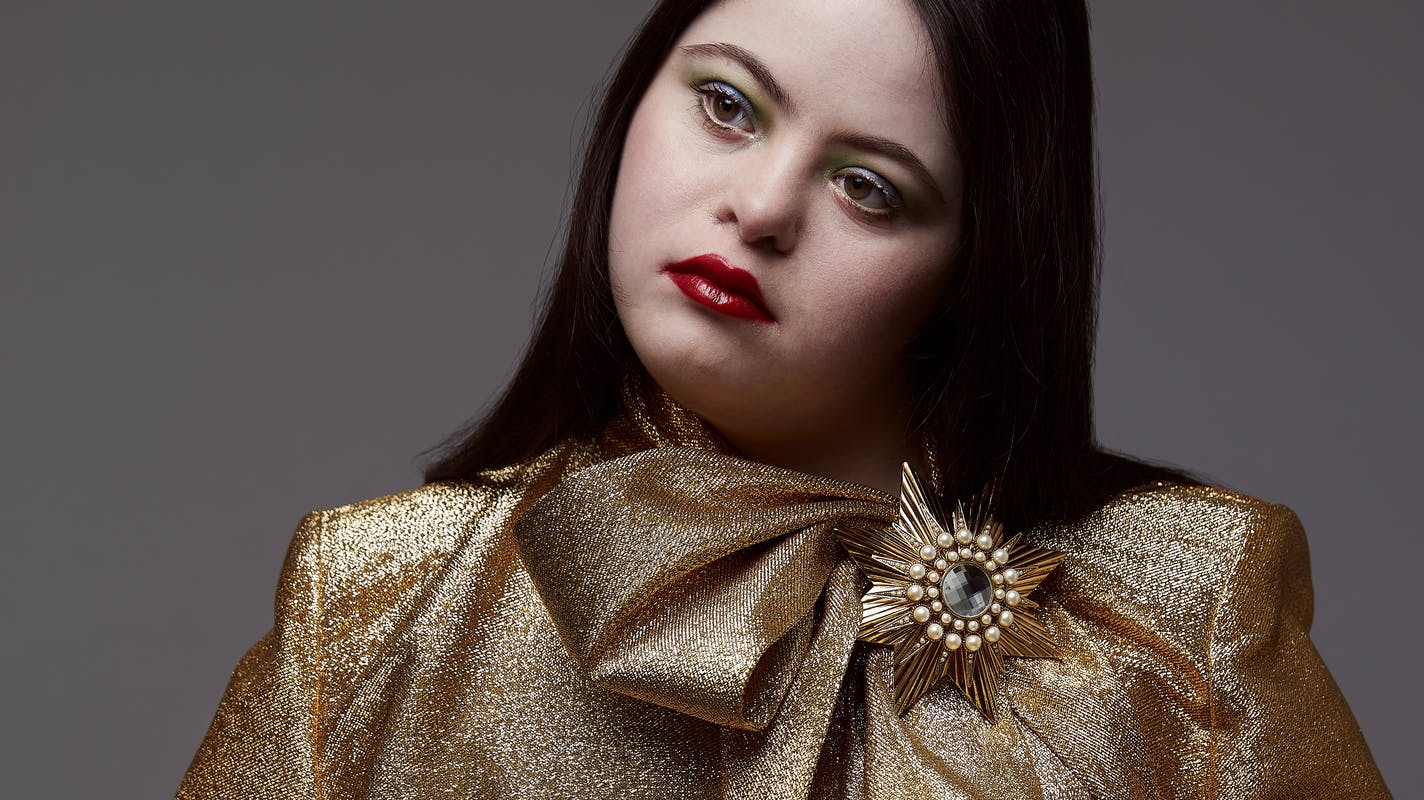
This young model has shone on each set since her modelling career begun at 15-years-old. The British model was born with Down’s syndrome, but she doesn’t let her disability stop her.
Ellie’s breakout occurred after she was featured in the international beauty campaign “Unconventional Beauty” as part of the Photo Vogue Festival. Afterwards she was scouted by Gucci and Vogue Italia.
When asked about her experiences modelling with Down’s syndrome in an interview with Vogue, she recalls,
“I haven’t had any bad experiences having Down’s syndrome. I think it’s because of my personality. The only challenge I have faced was maybe people signing to me and talking to my mum instead of me, until realising that I can communicate and that I am just like them, maybe just slower at learning some things.”
Ellie Goldstein continued to make disabled women like her proud as she modelled for Glamour UK. Meanwhile becoming the cover model for the December 2020 issue of Allure magazine.
Jillian Mercado
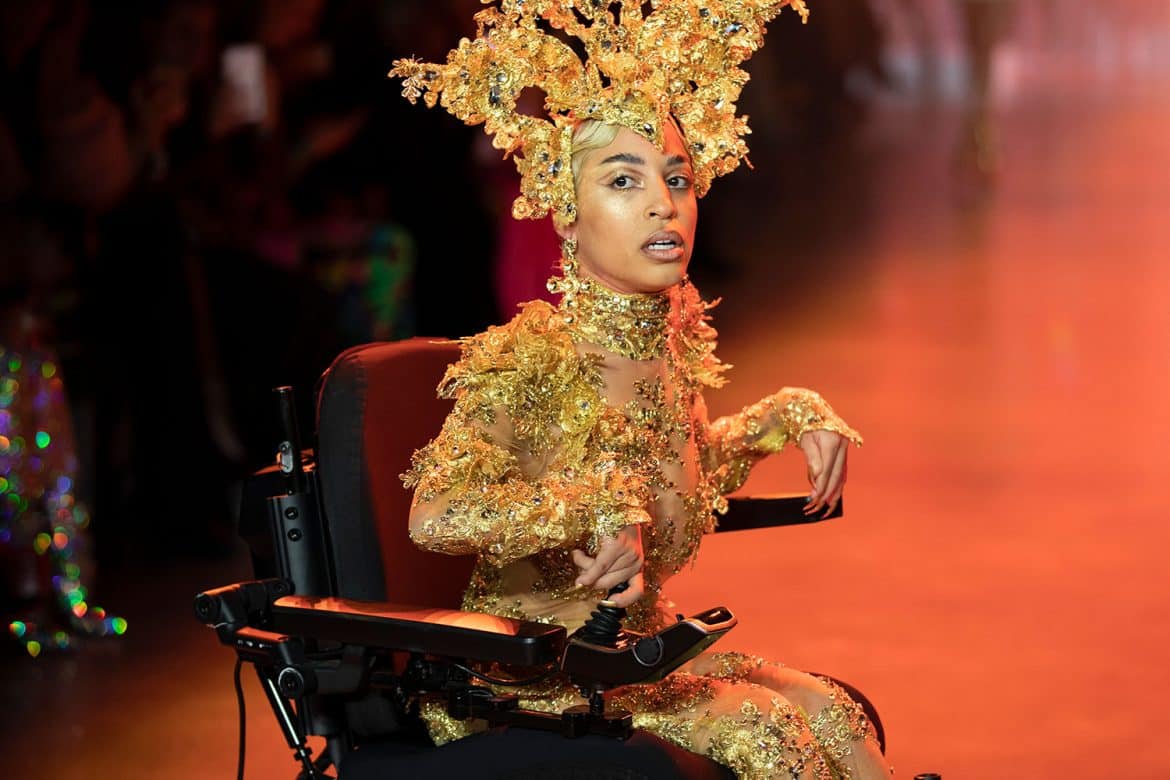
Jillian did not expect to become a model when she became a fashion blogger and intern at Allure Magazine. However, when flicking through previous campaigns she found an absence of women like her.
At 13-years-old, Jillian was diagnosed with Muscular Dystrophy. Since then she has been relying on an electric wheelchair.
“I just found a moment within myself where I was just like, if I don’t see it out there, and I know in my heart and my soul that I belong here, and it’s what I love doing and it’s in the industry of fashion, then I have to do something about it. I have to be that change.”
Source: Huffpost.
A year after her modelling career begun in 2014, she was signed with IMG Models. She was also featured in merchandise ads for Beyonce’s Formation tour.
Additionally, Jillian Mercado goes beyond her modelling career to achieve equality for the disabled community. In 2018, she met with UN Secretary-General Antonio Guterres to address inequality and what the organisation can do to resolve this.
The modelling industry is evidently changing to reflect the real people in society. Achieving diversity for each marginalised community is a step forward for all. But it is important that the disabled community is not forgotten. These models are making great efforts to normalising disabled people, and paving the way towards a more diverse future.
Subscribe to FIB’s Weekly Alchemy Report for your weekly dose of music, fashion and pop culture news!






